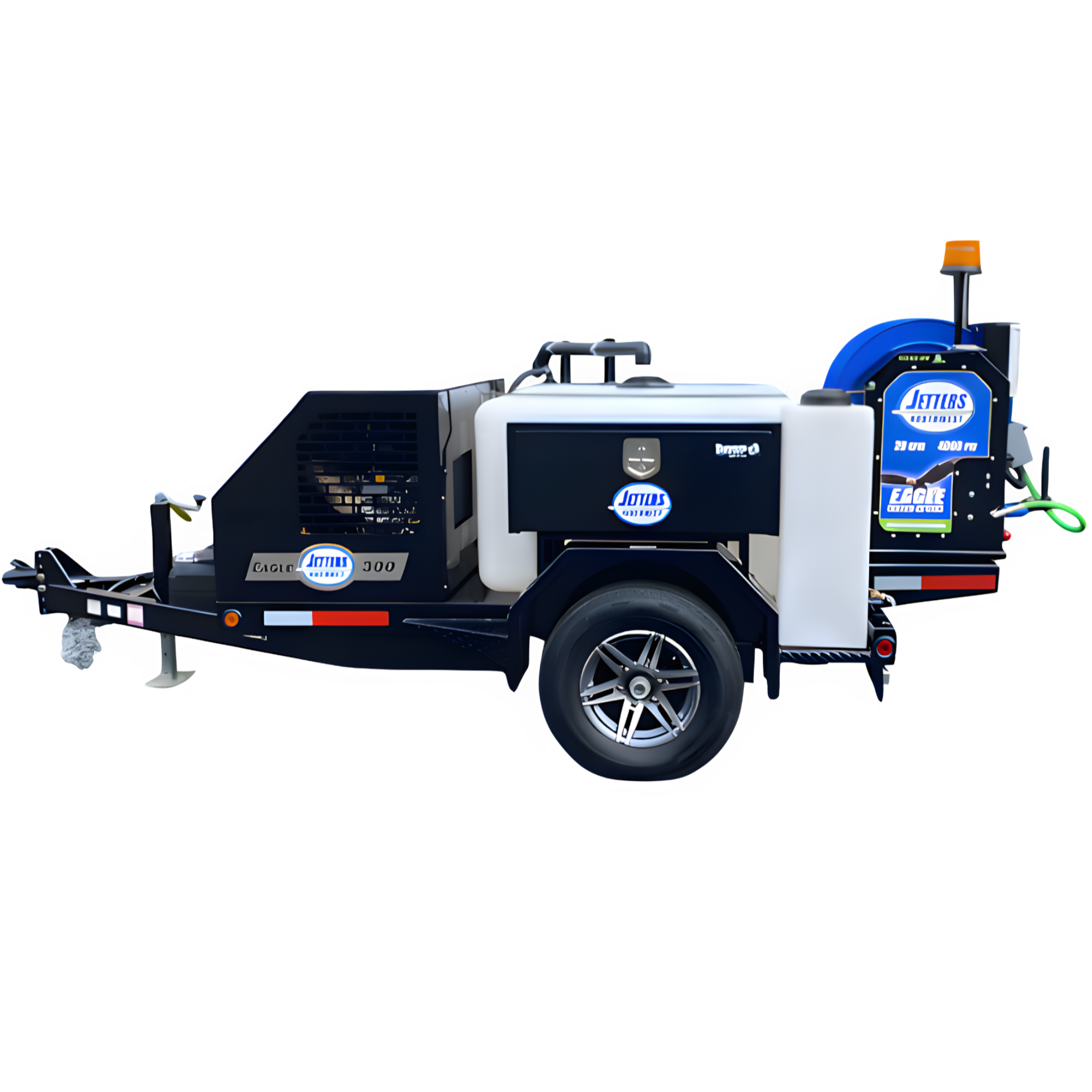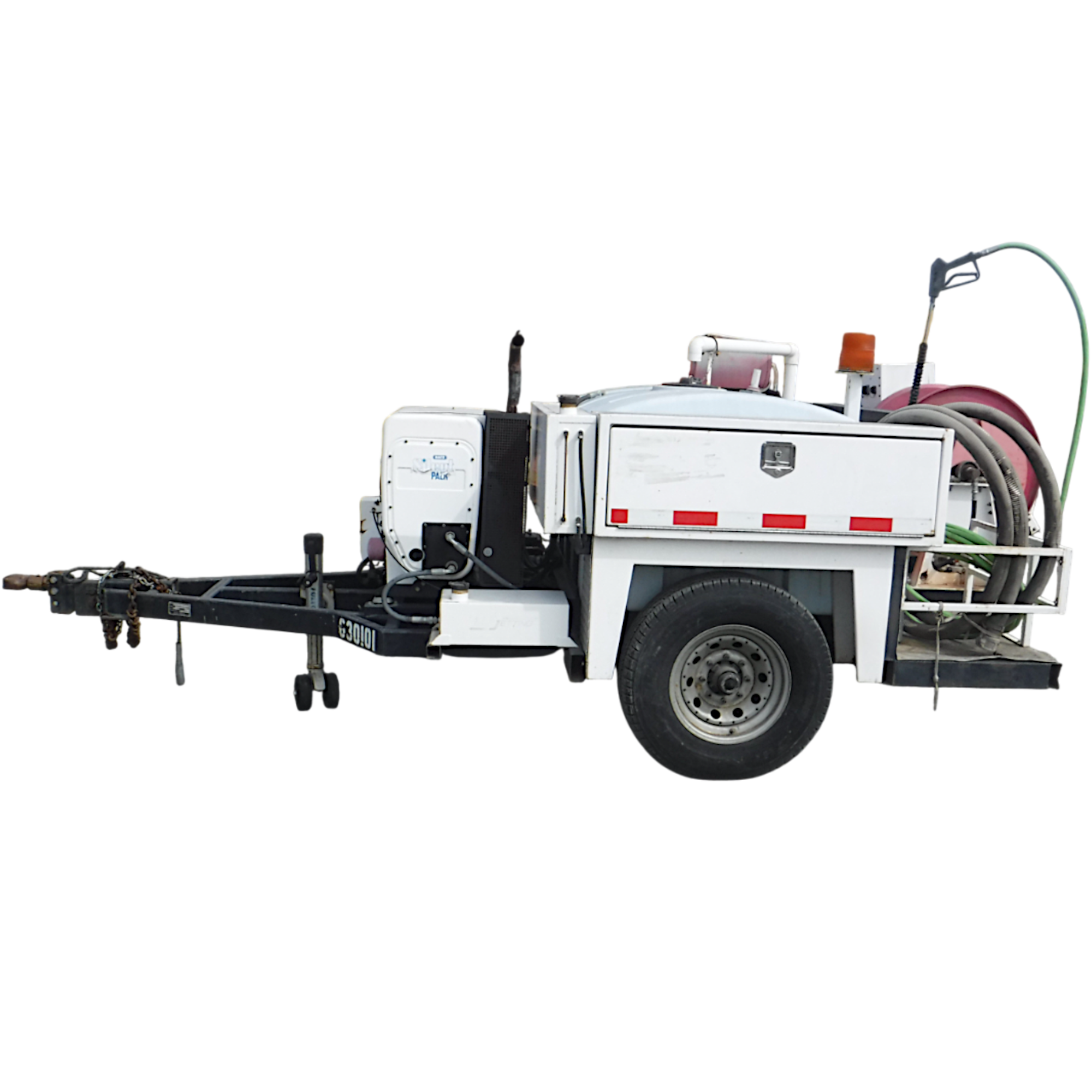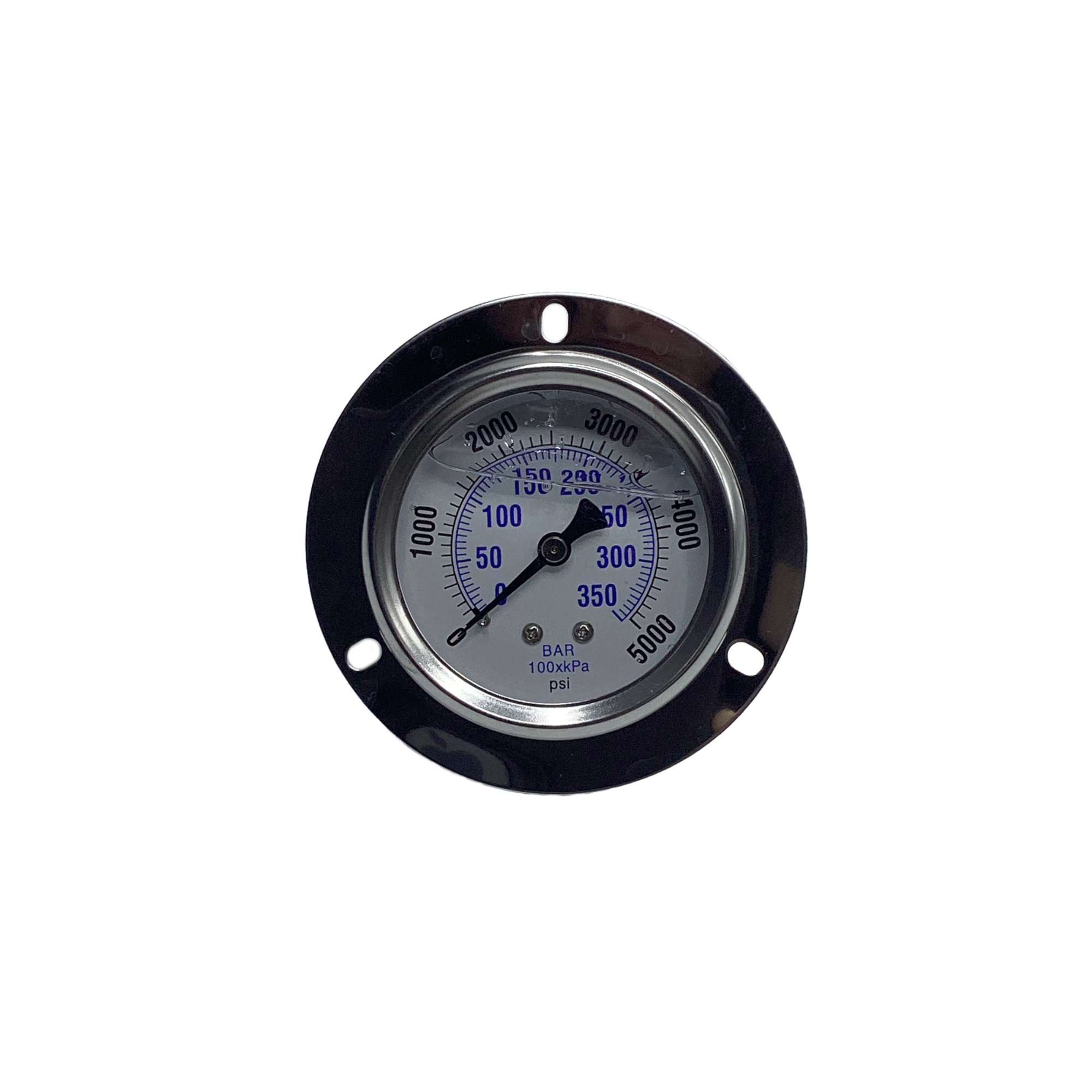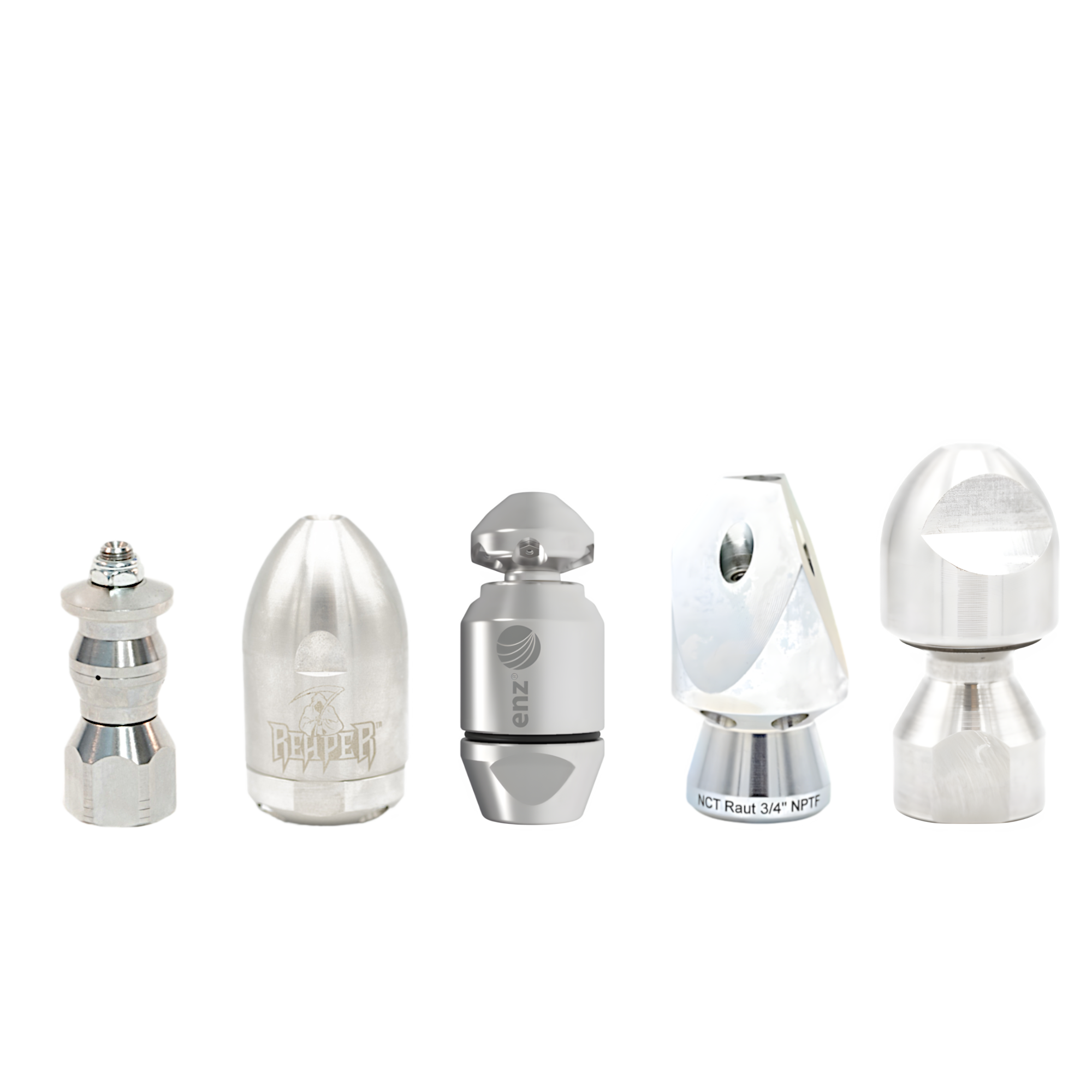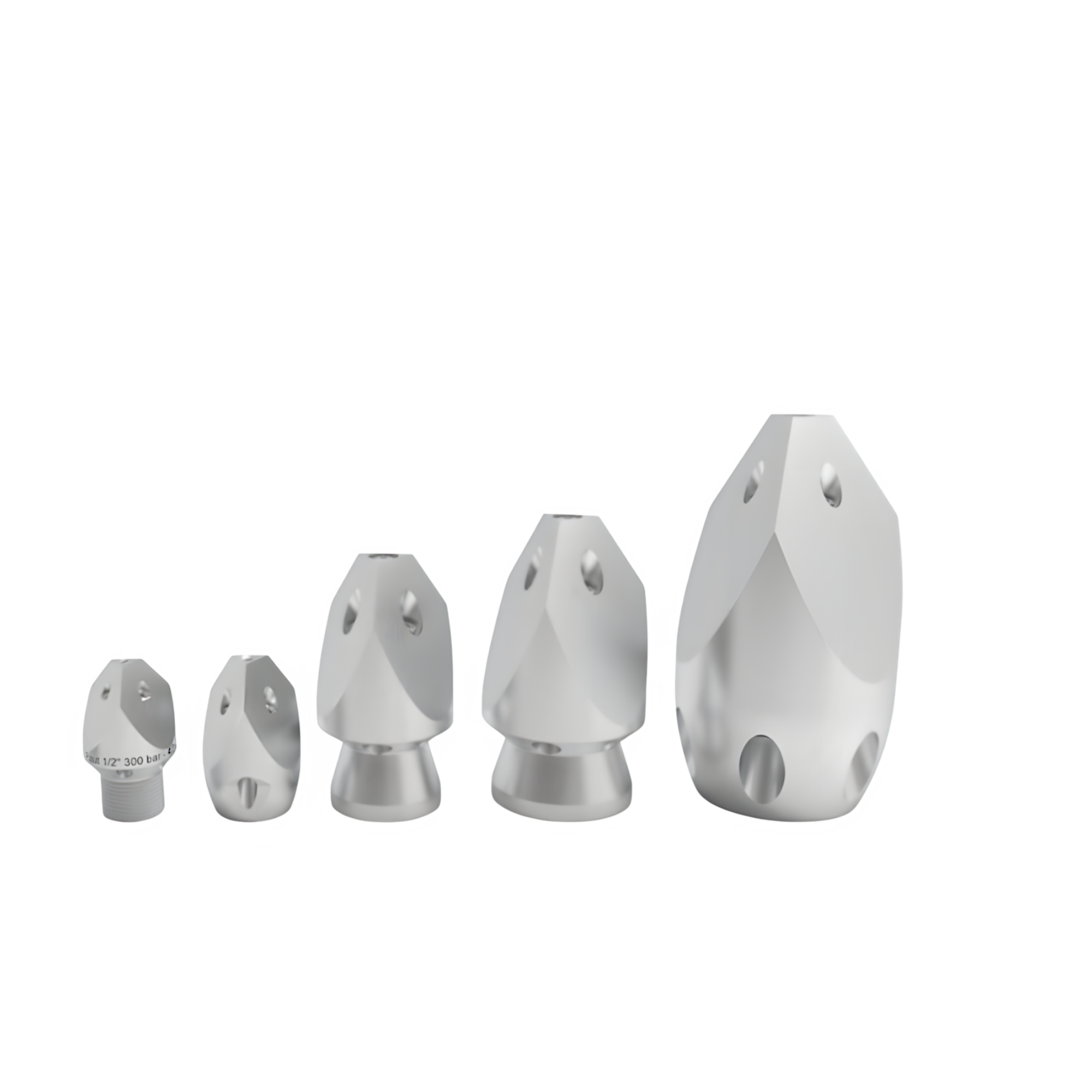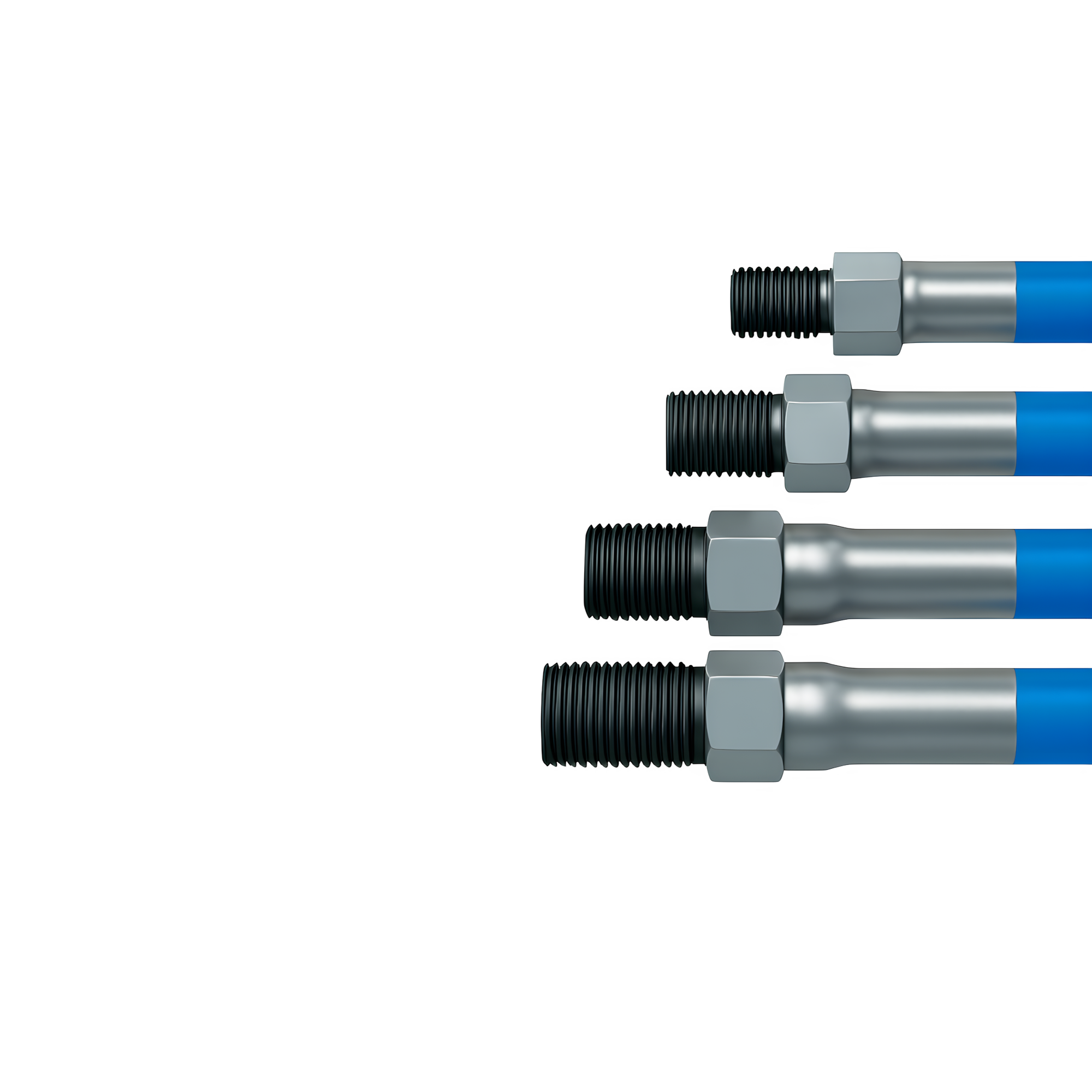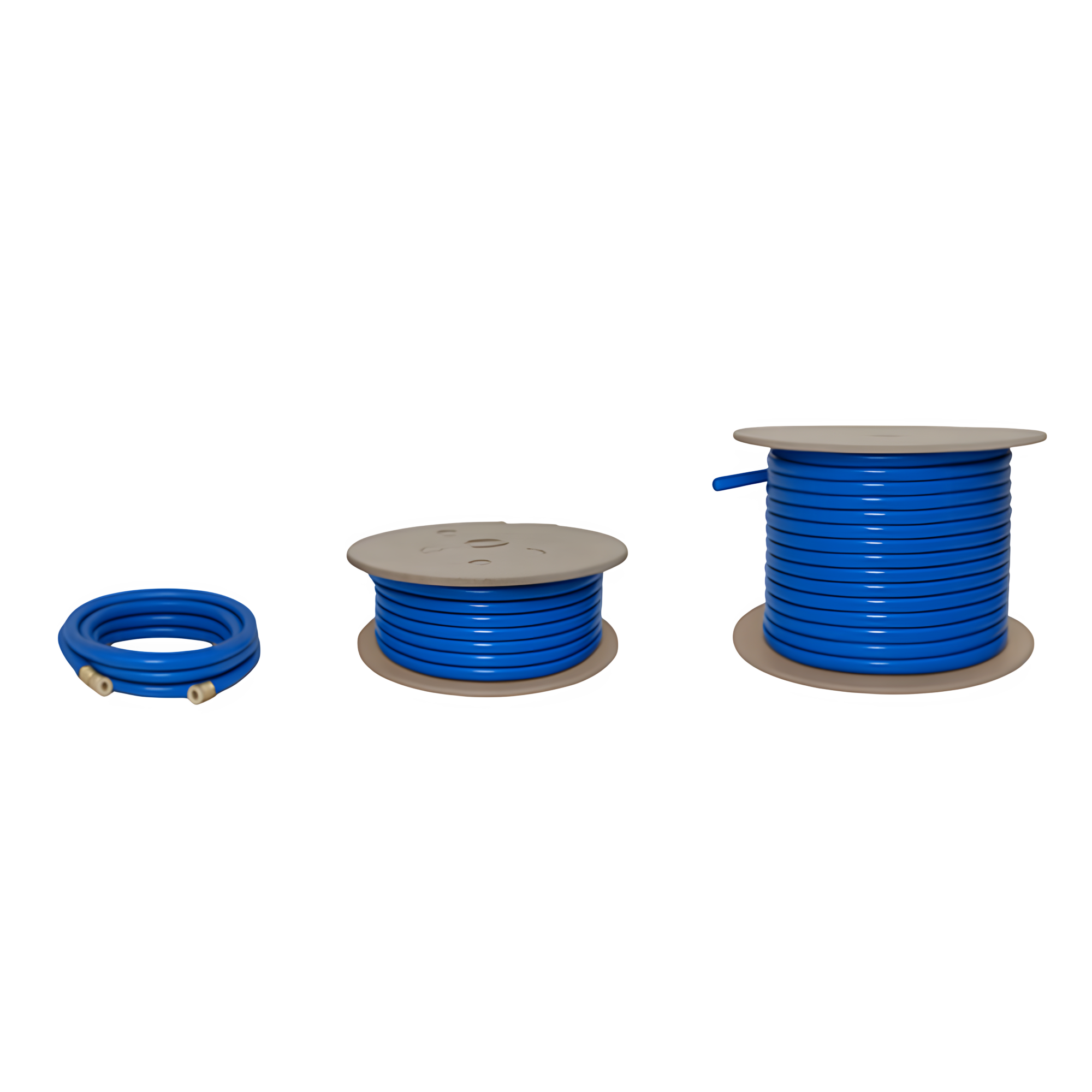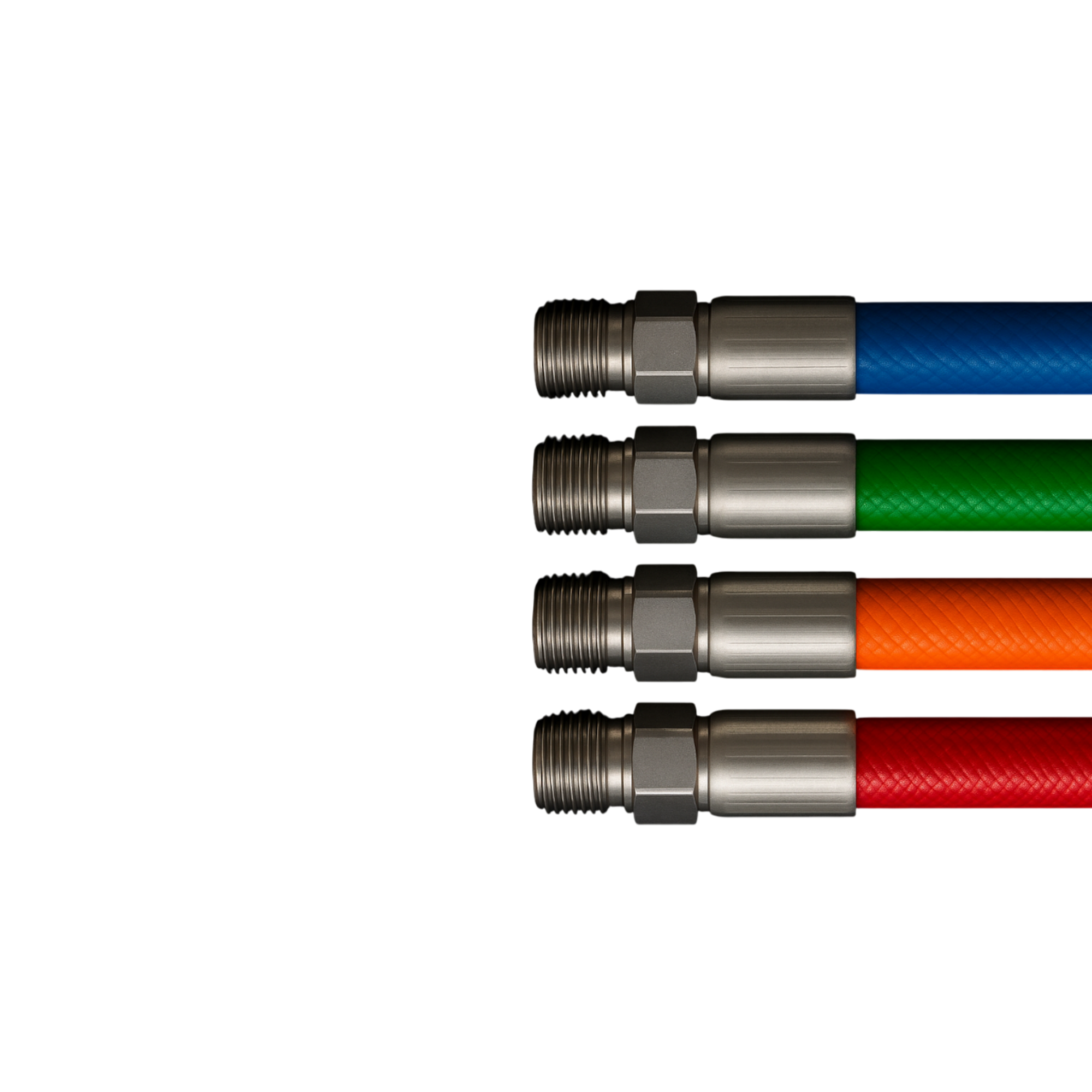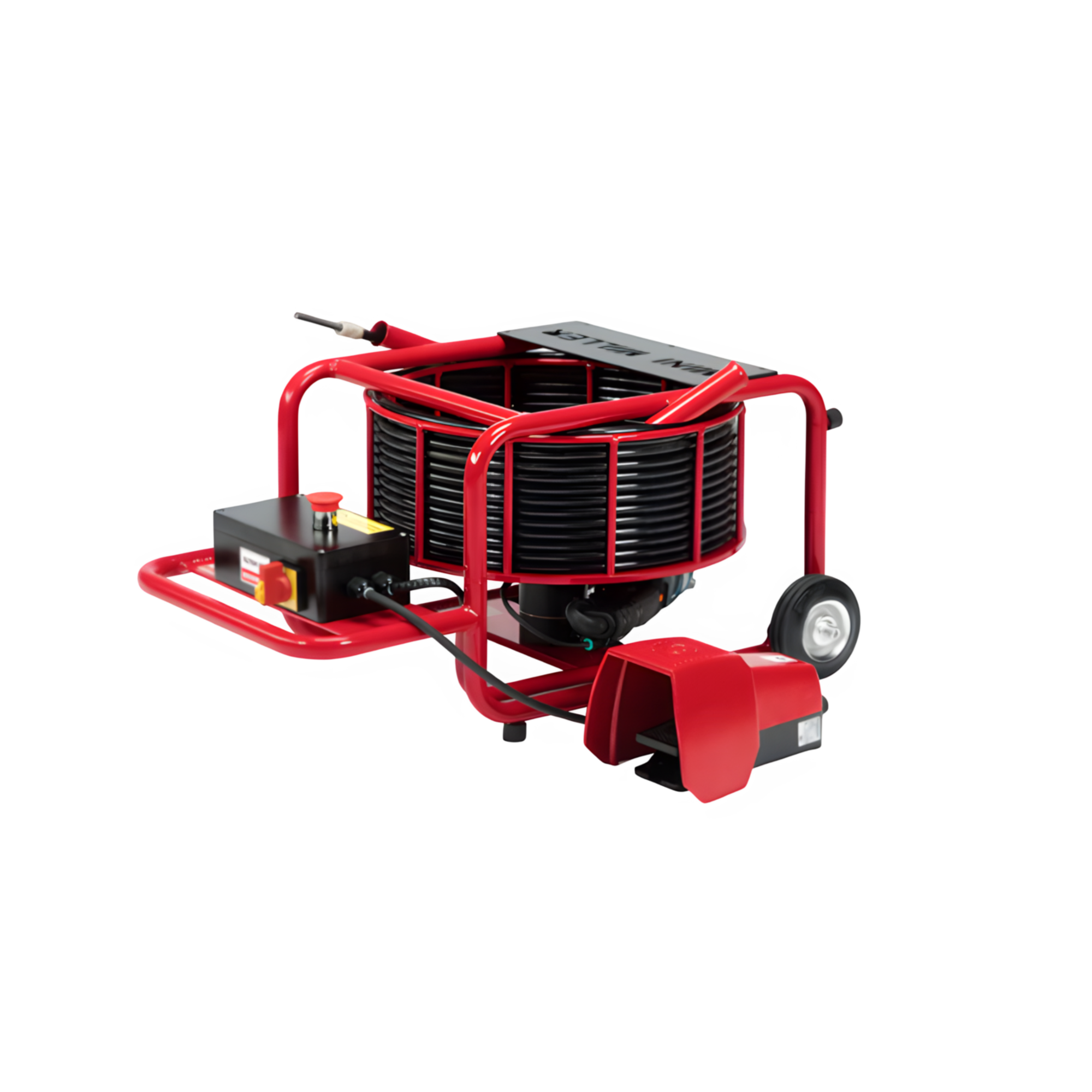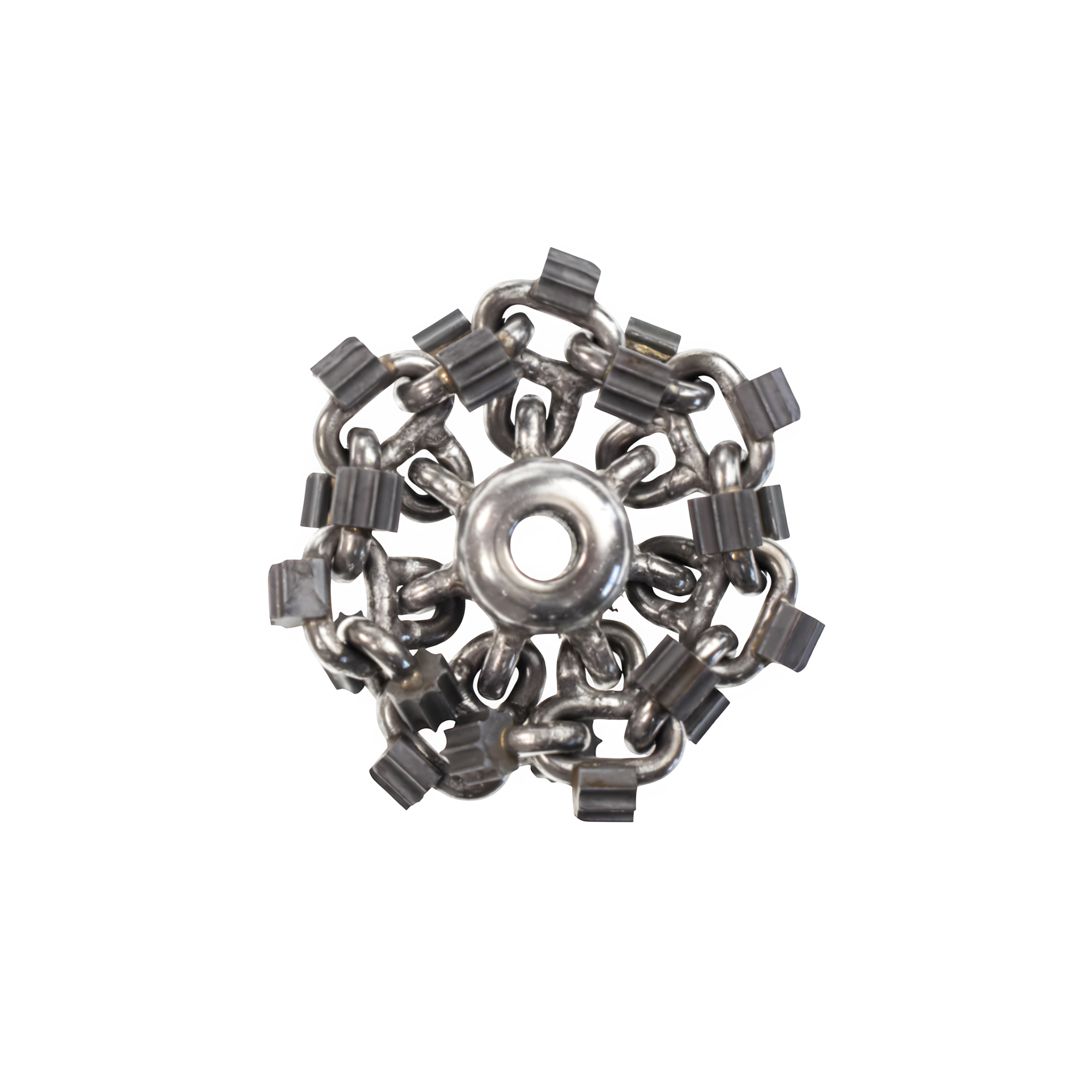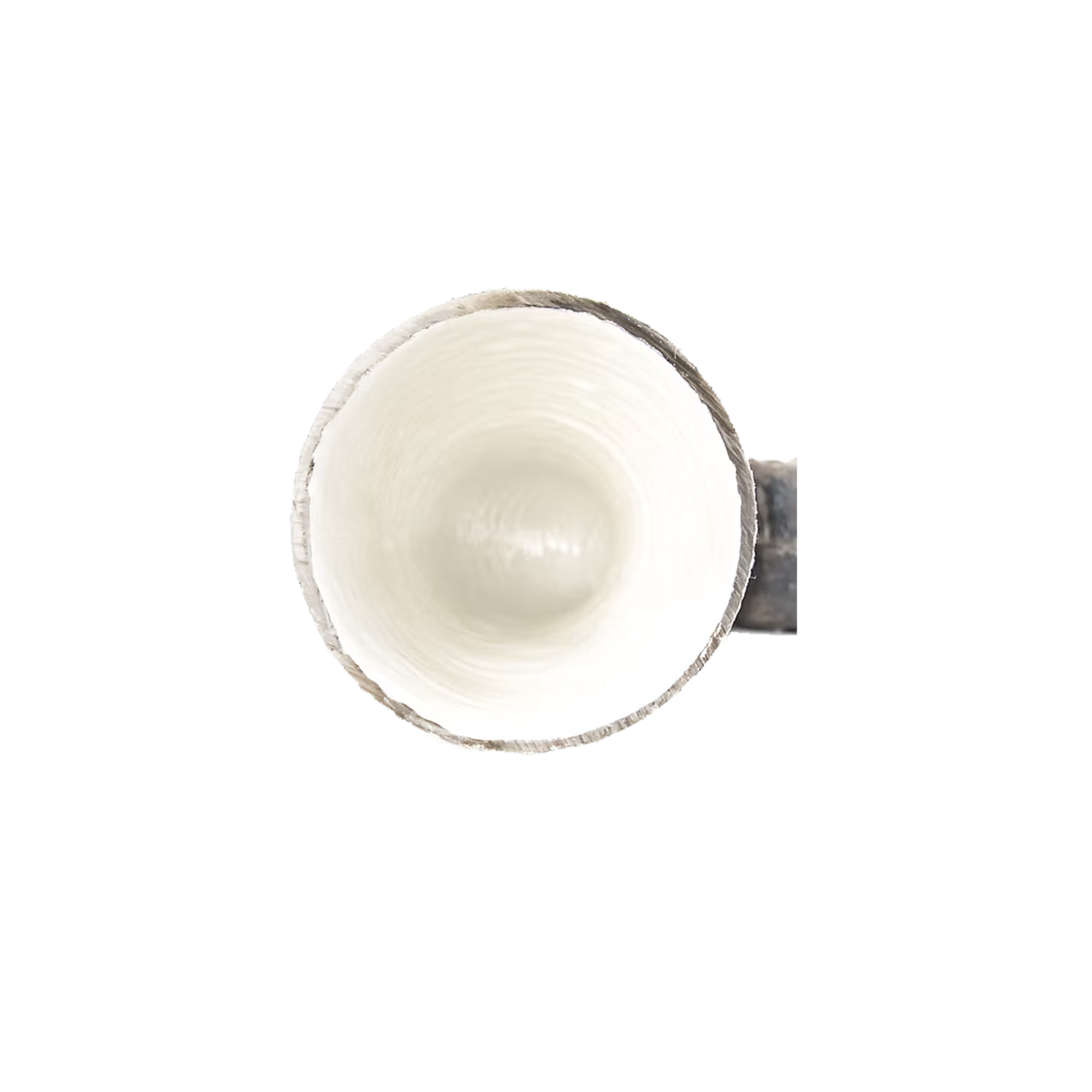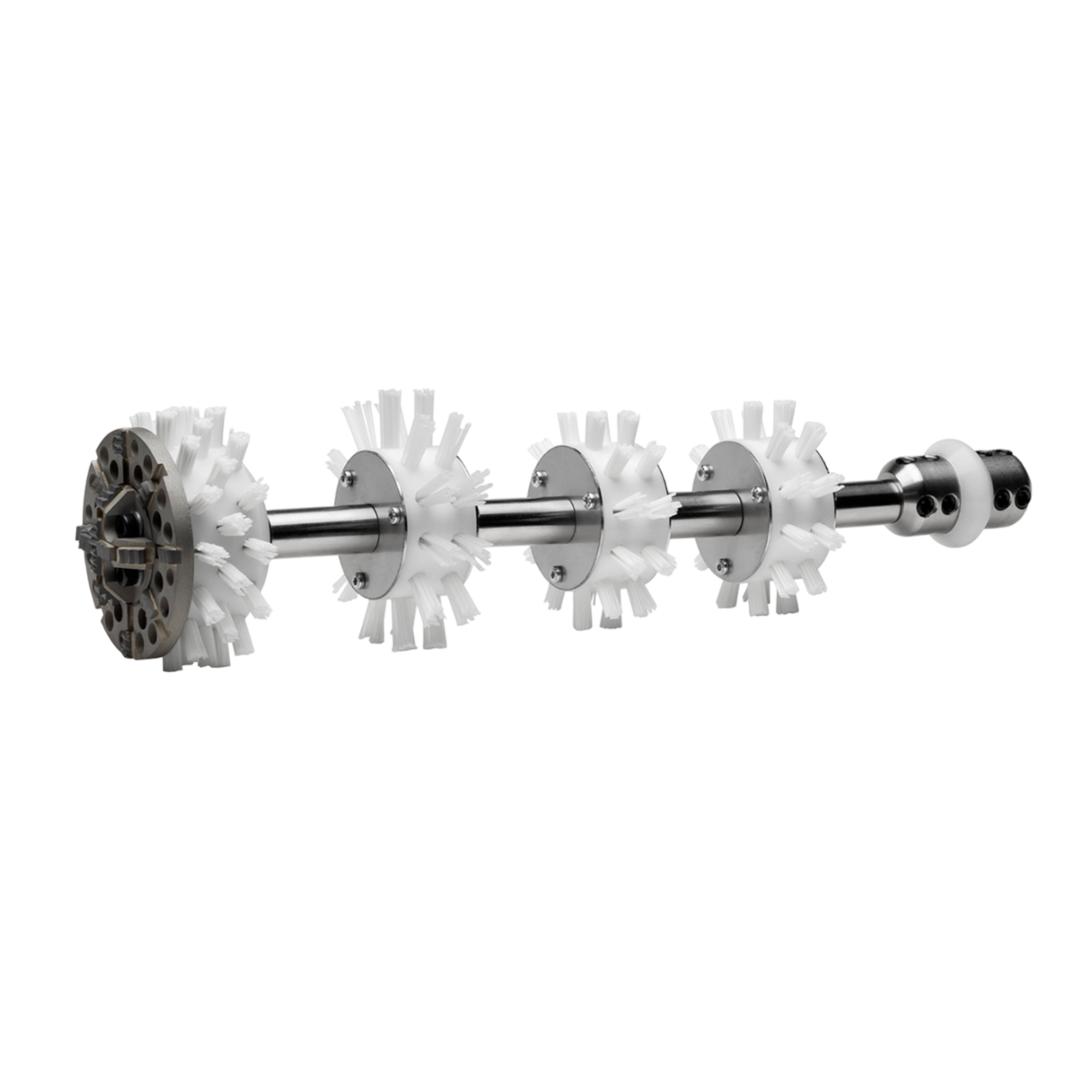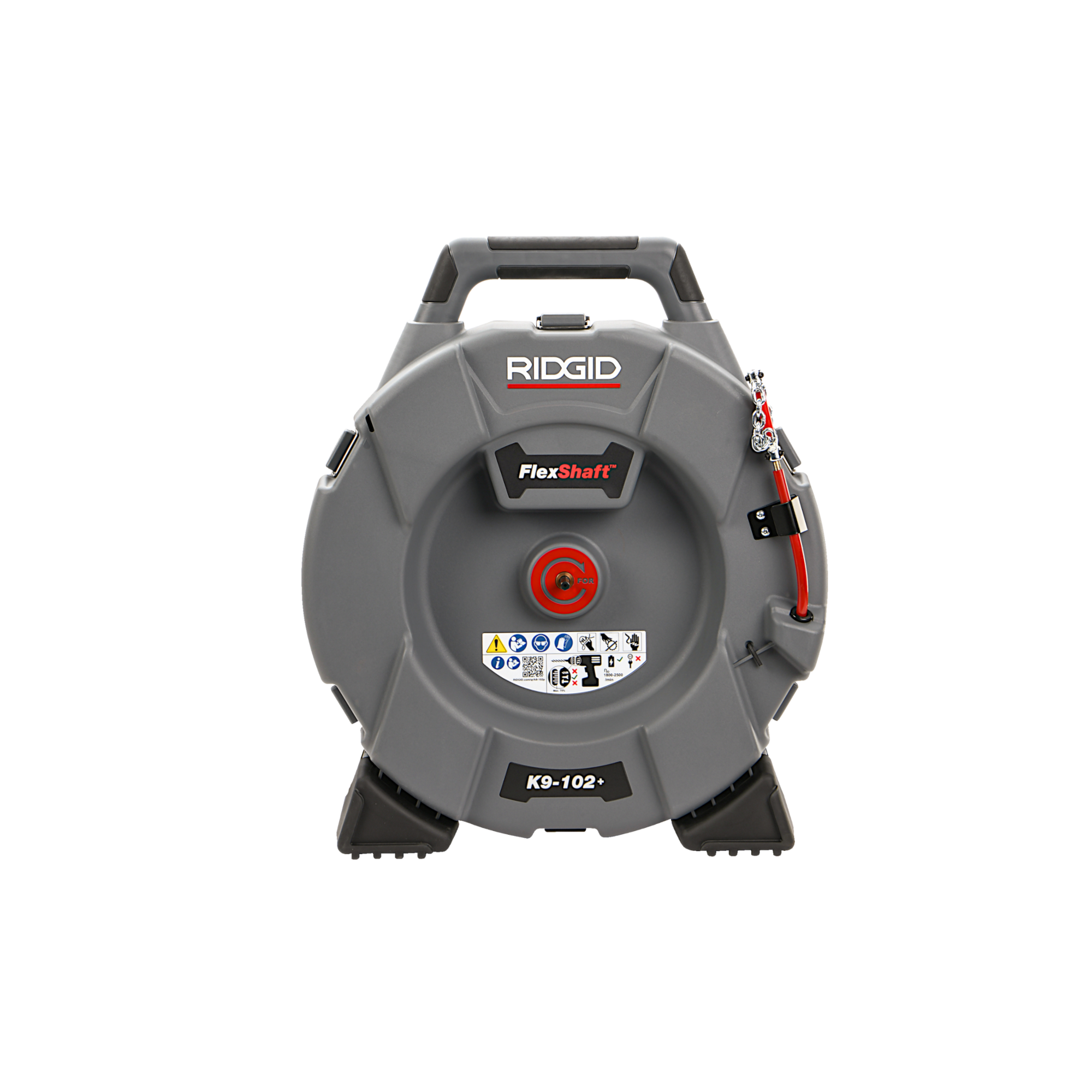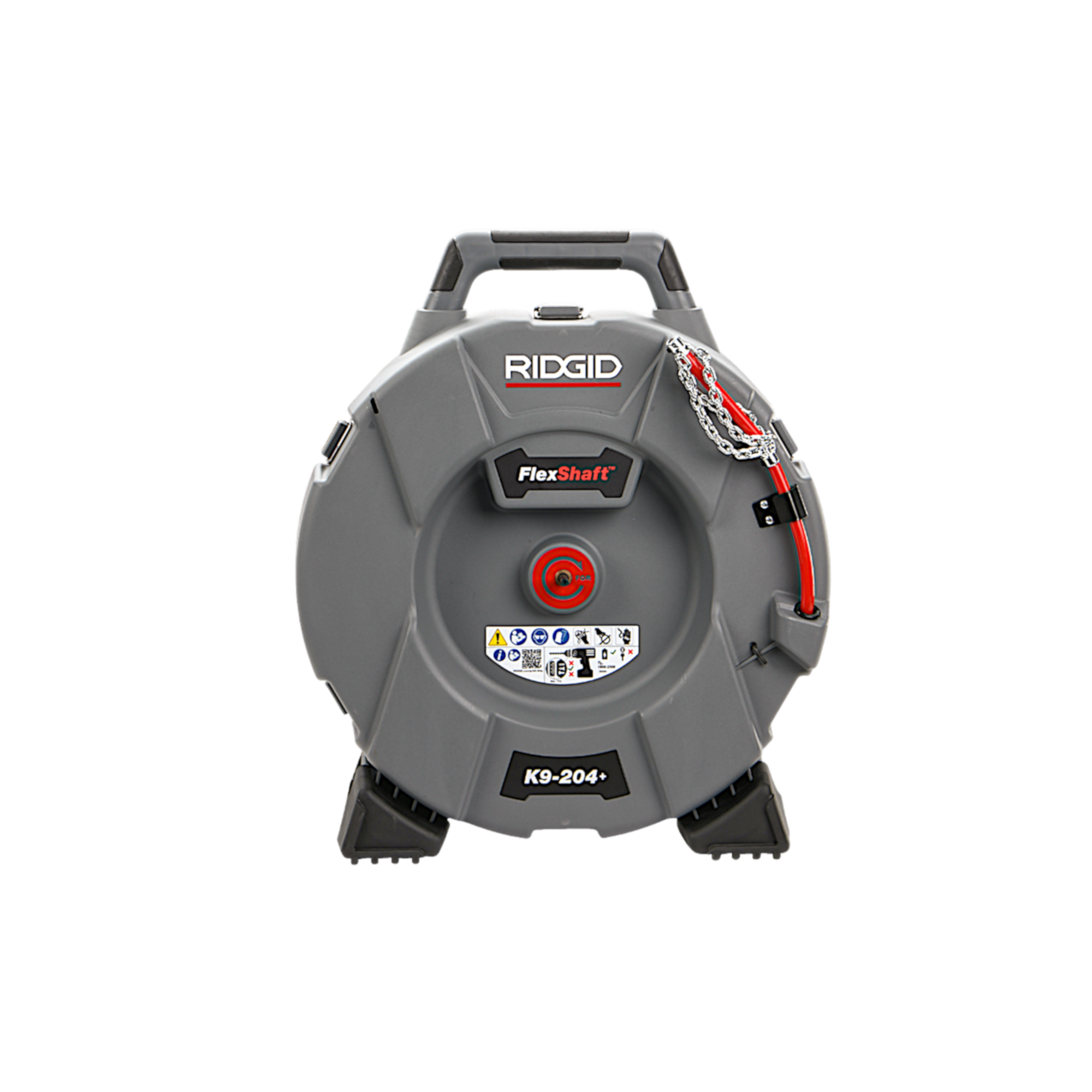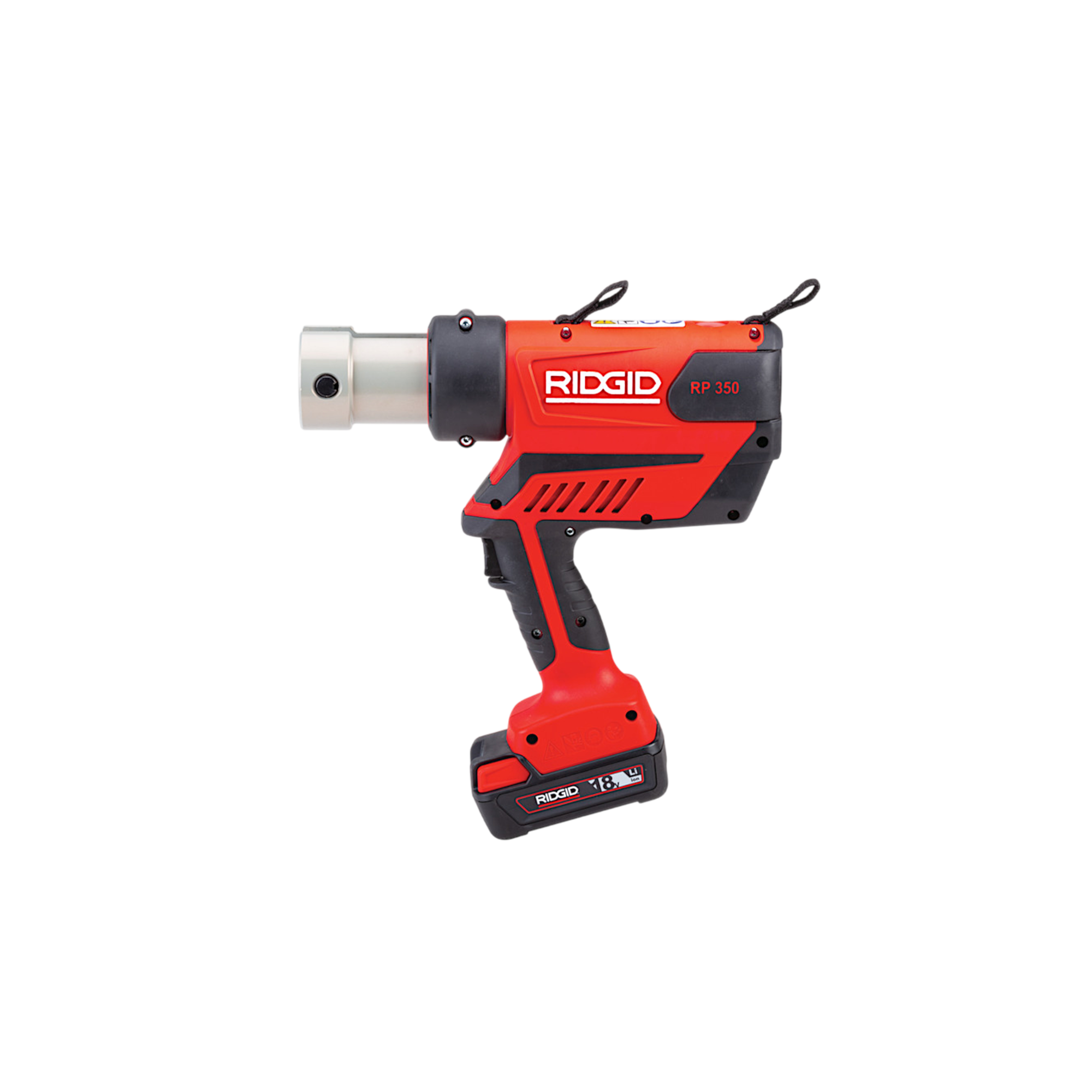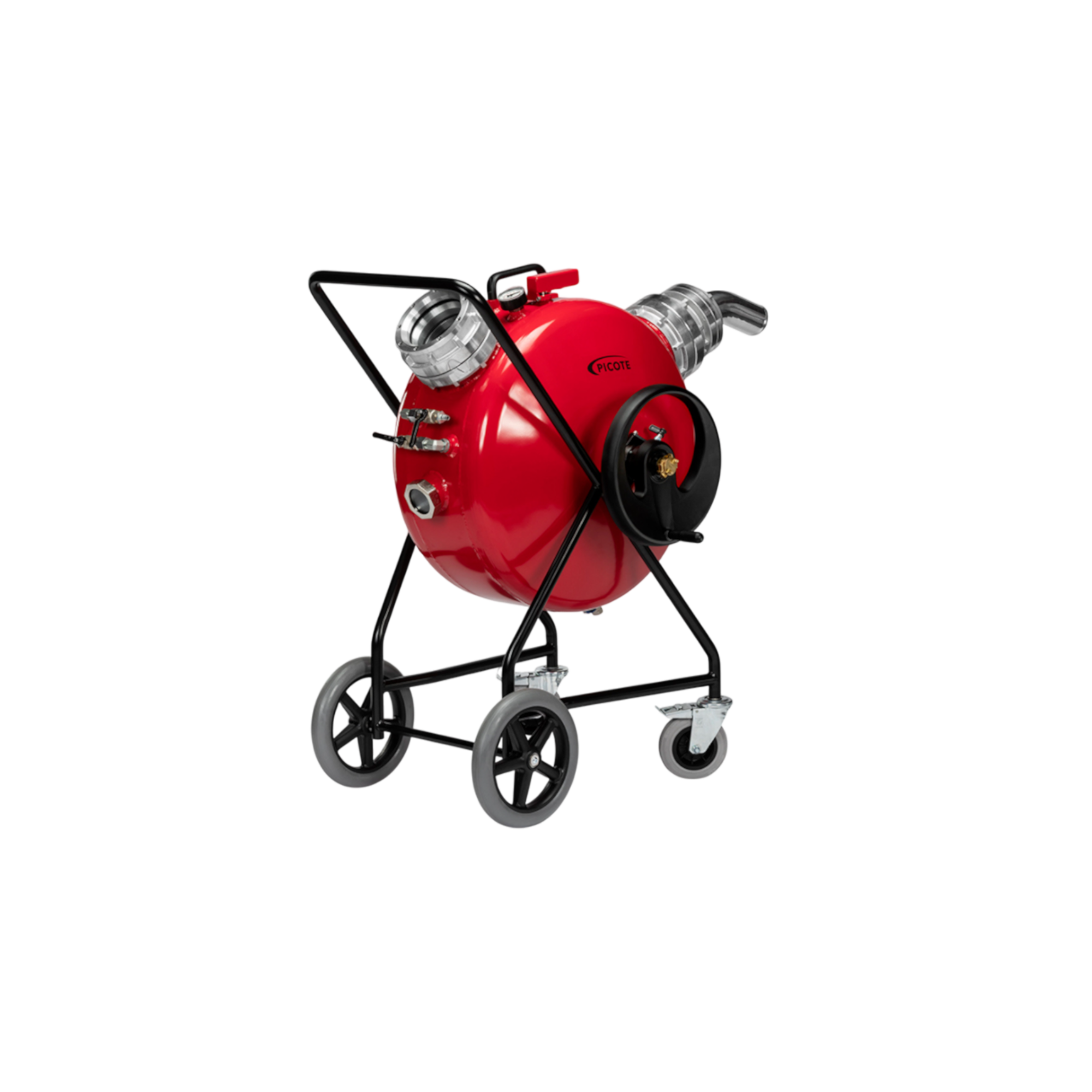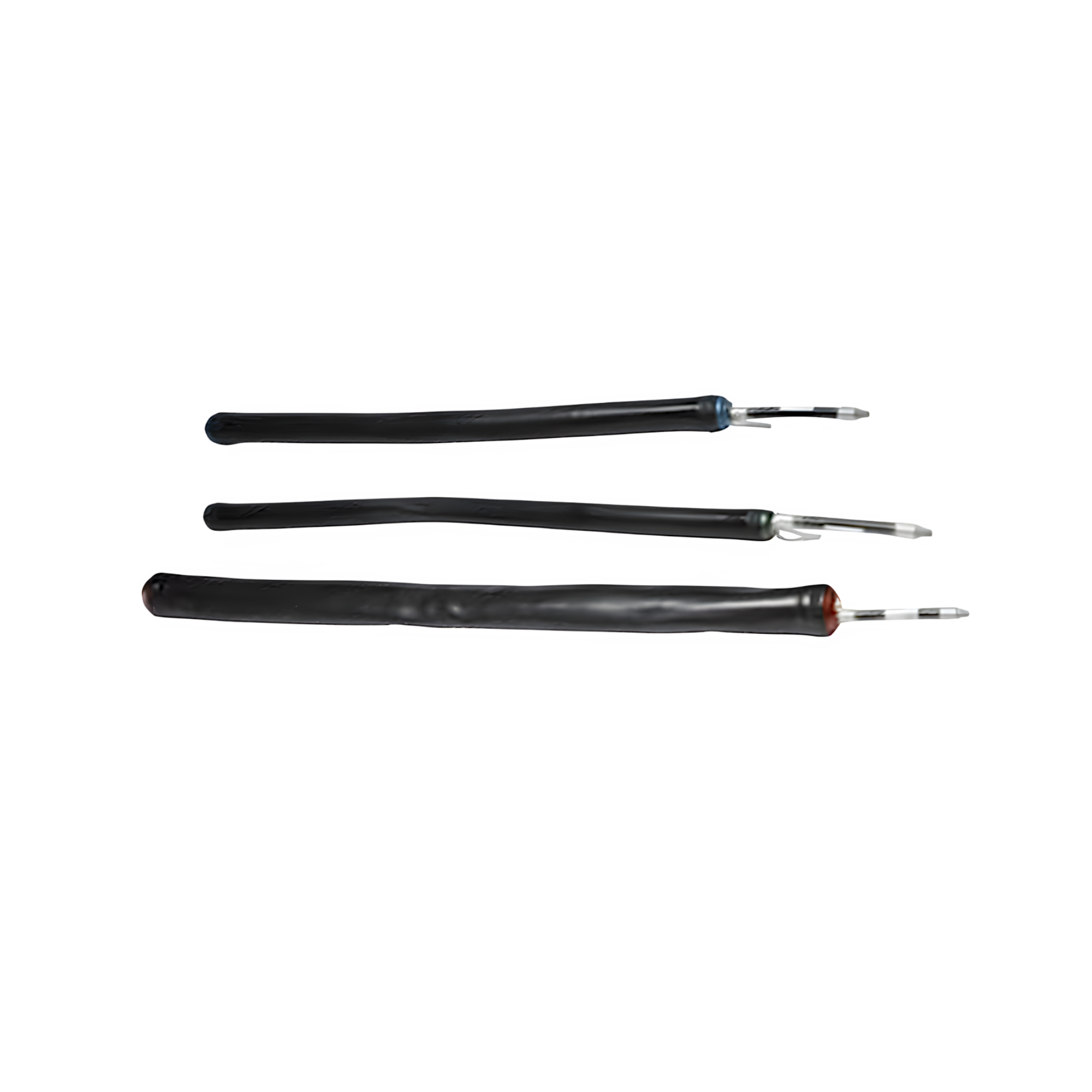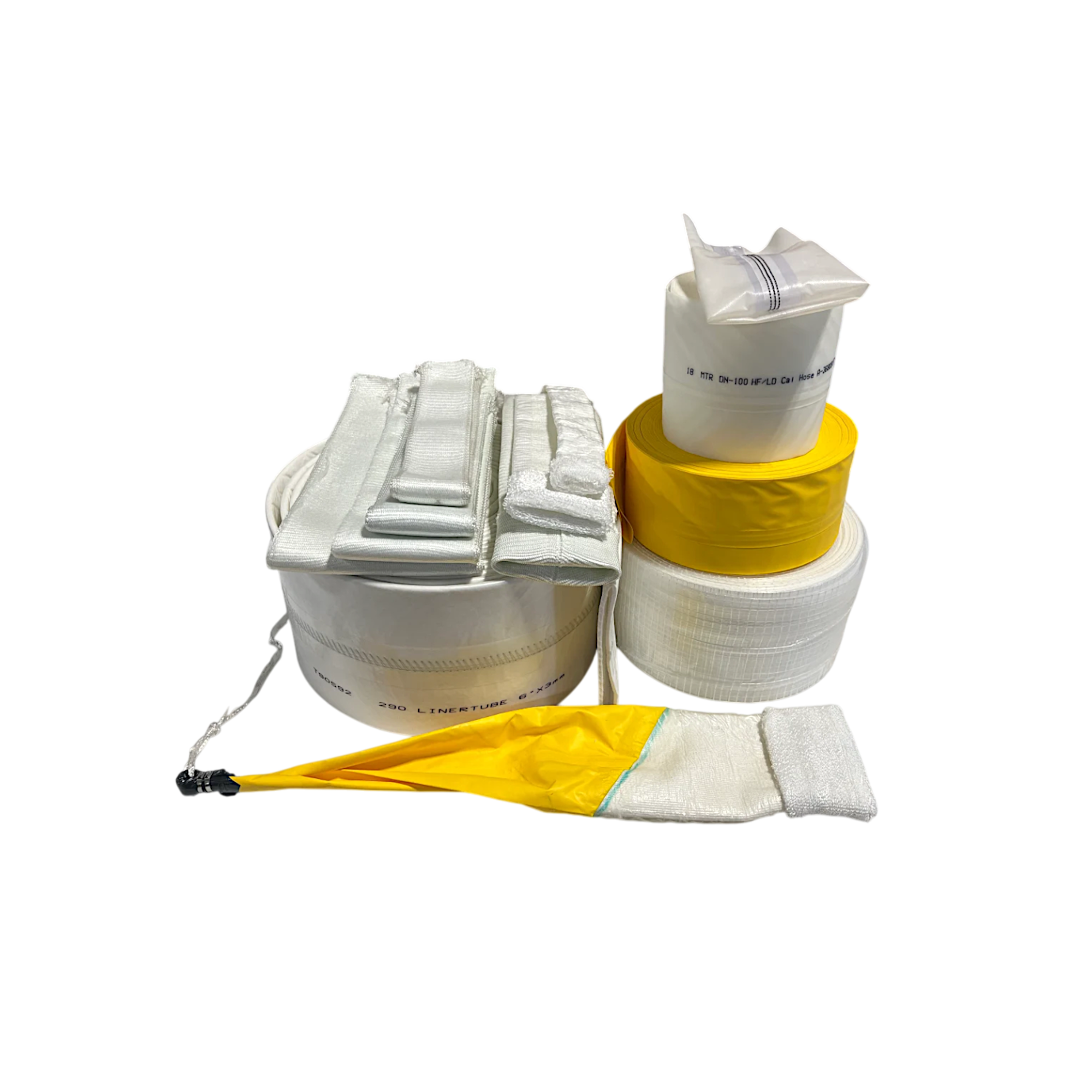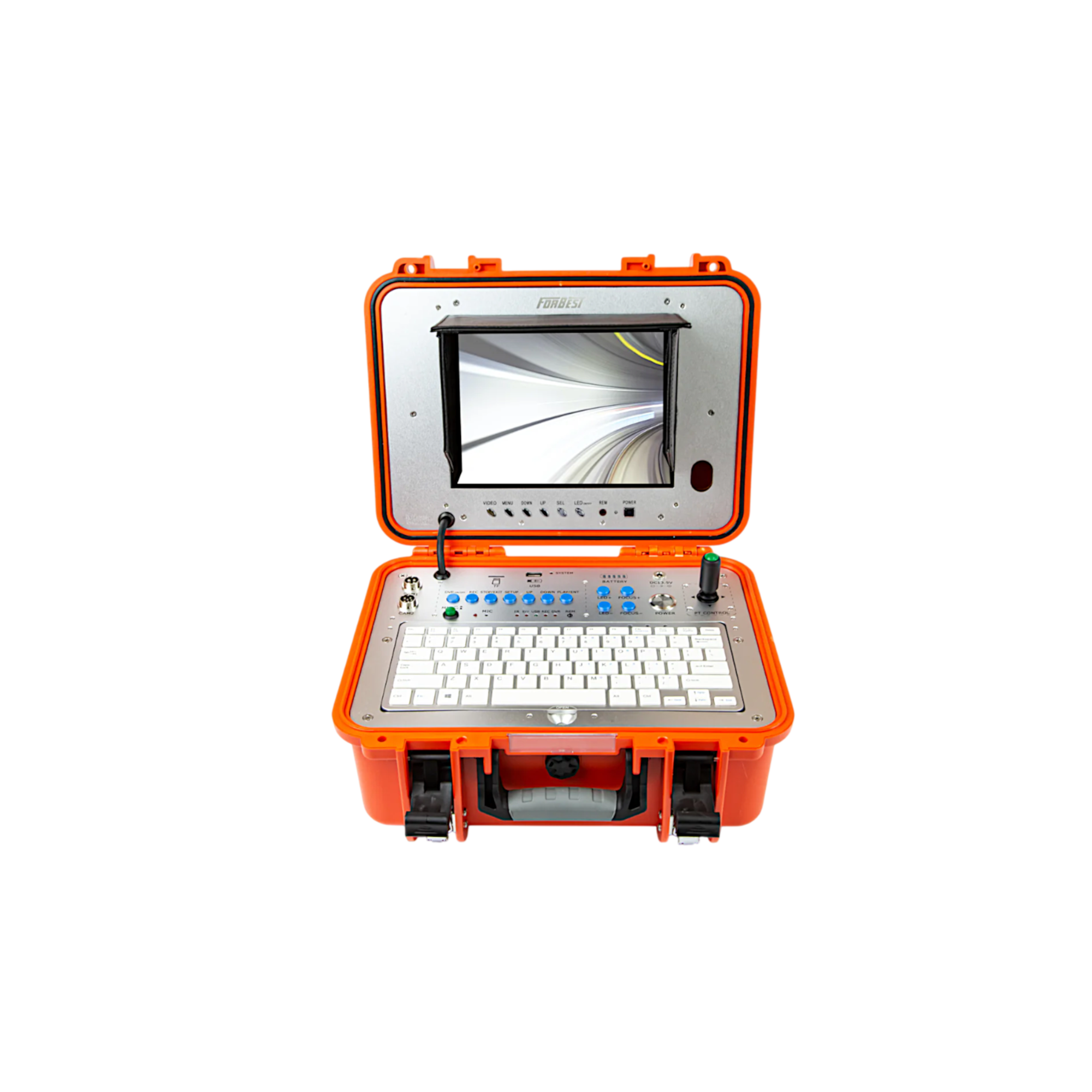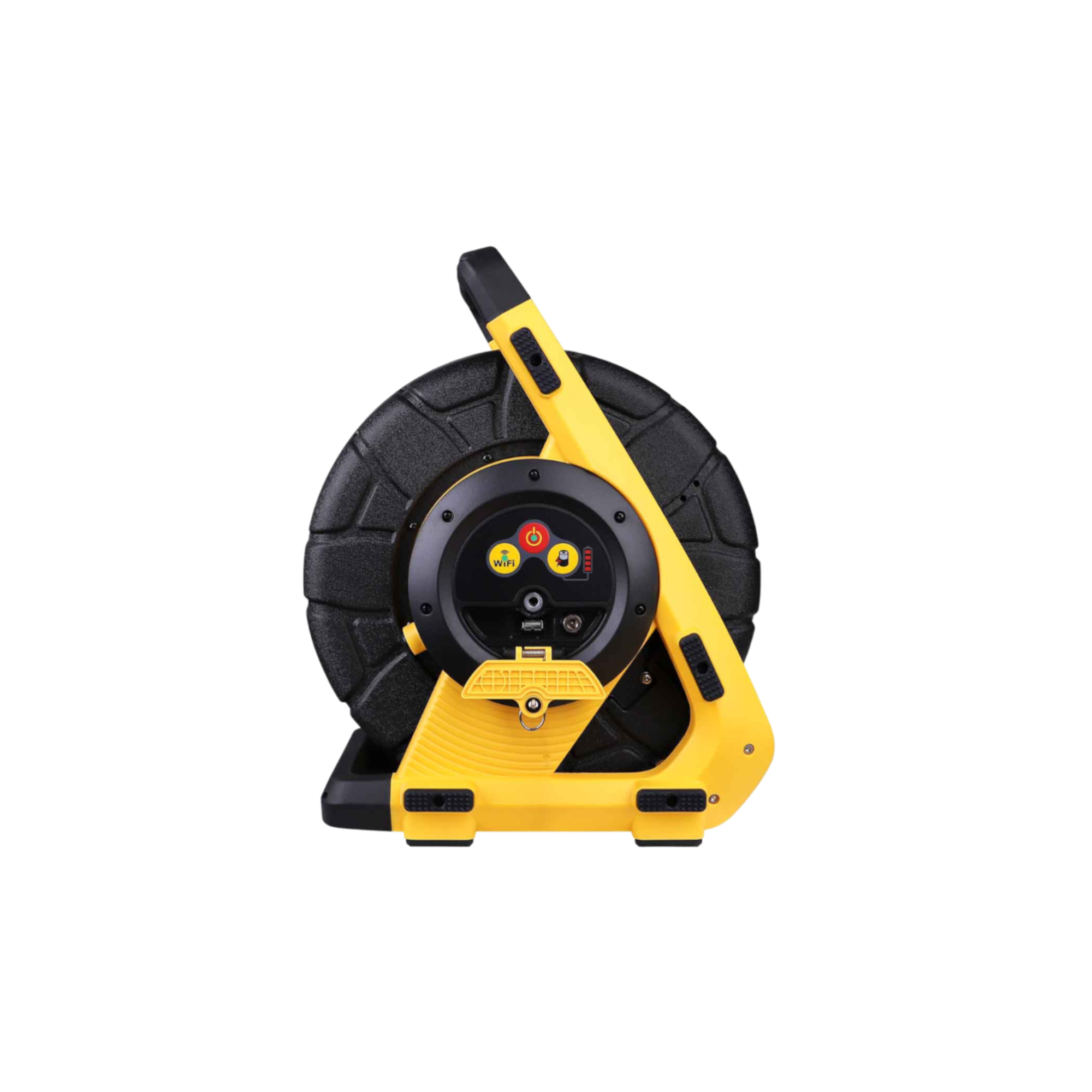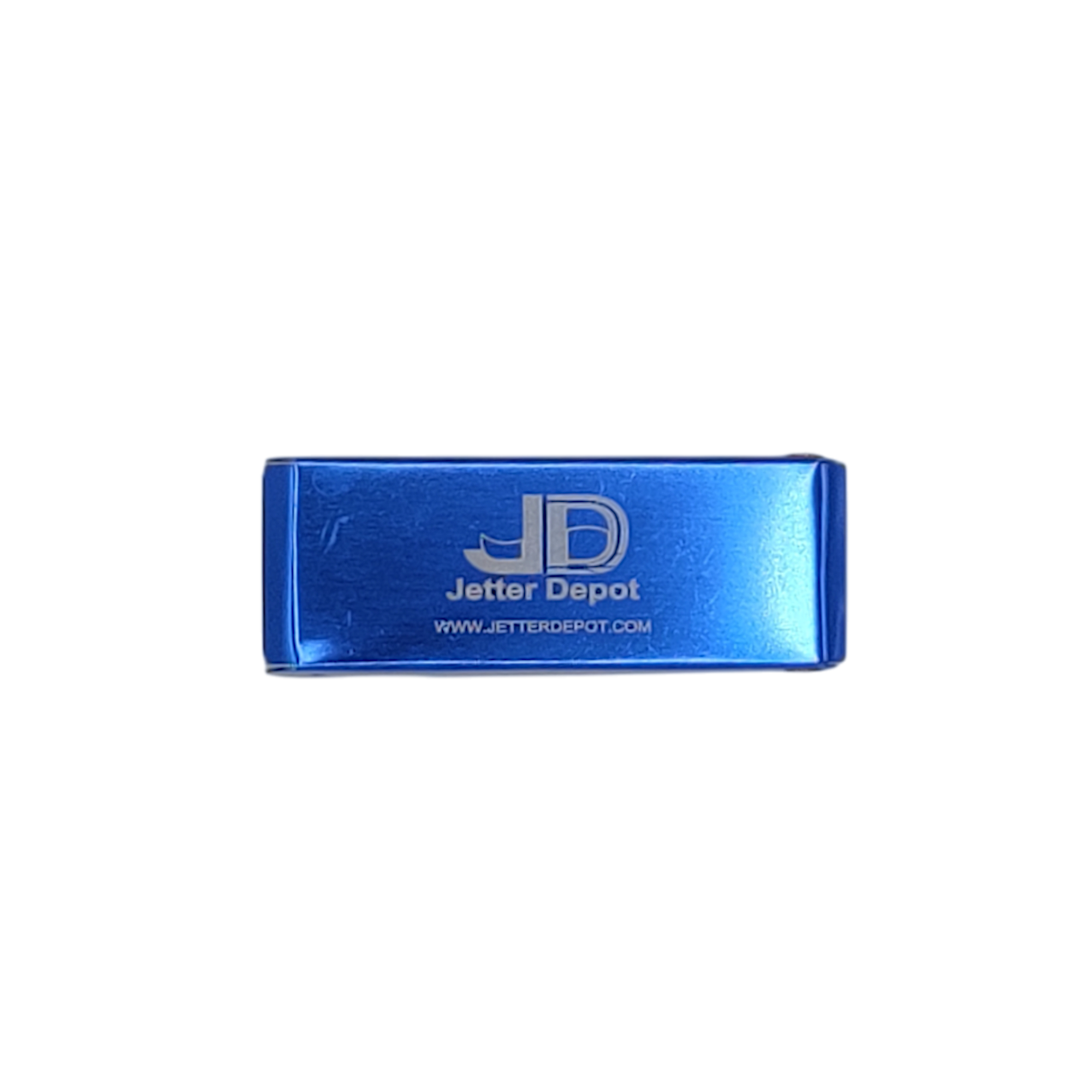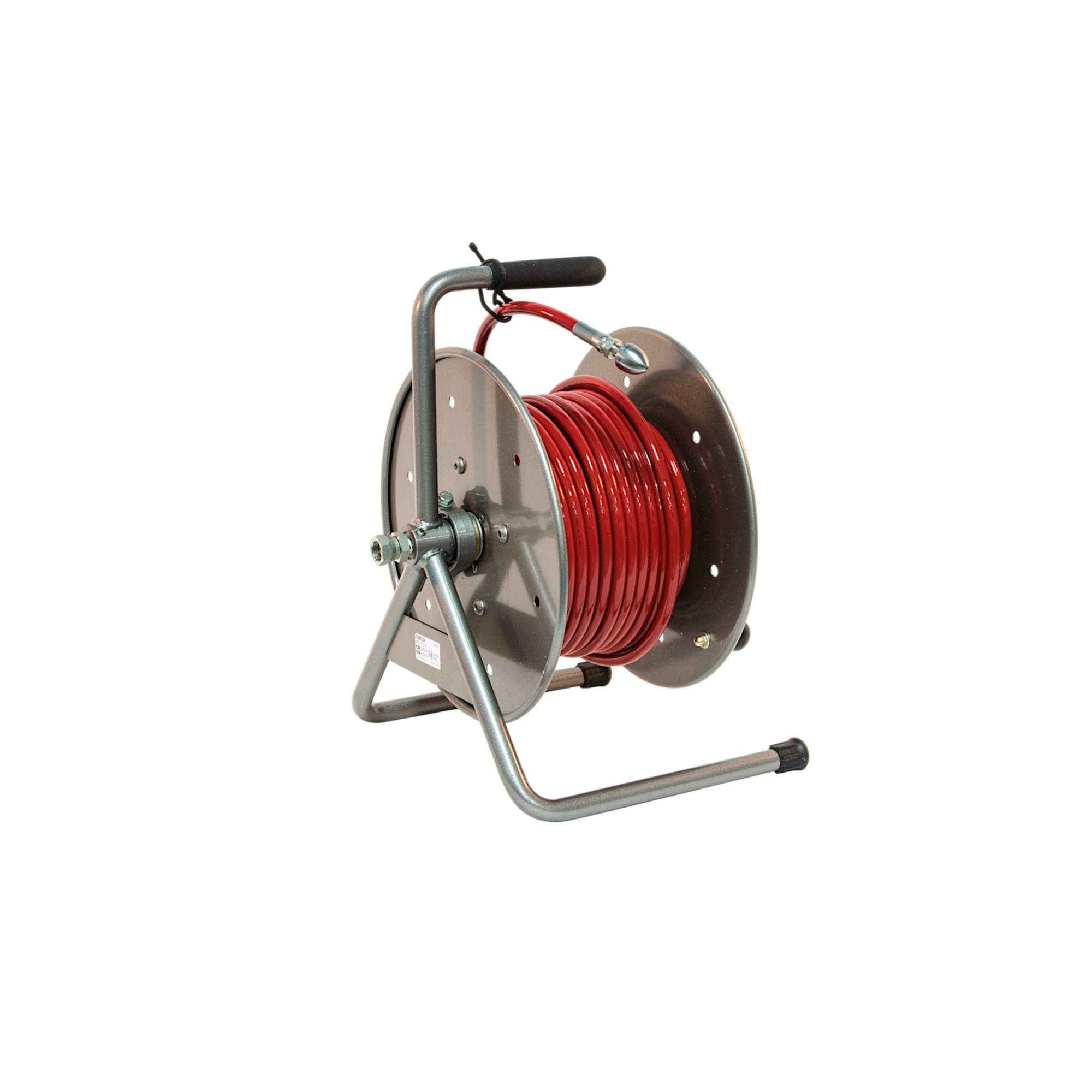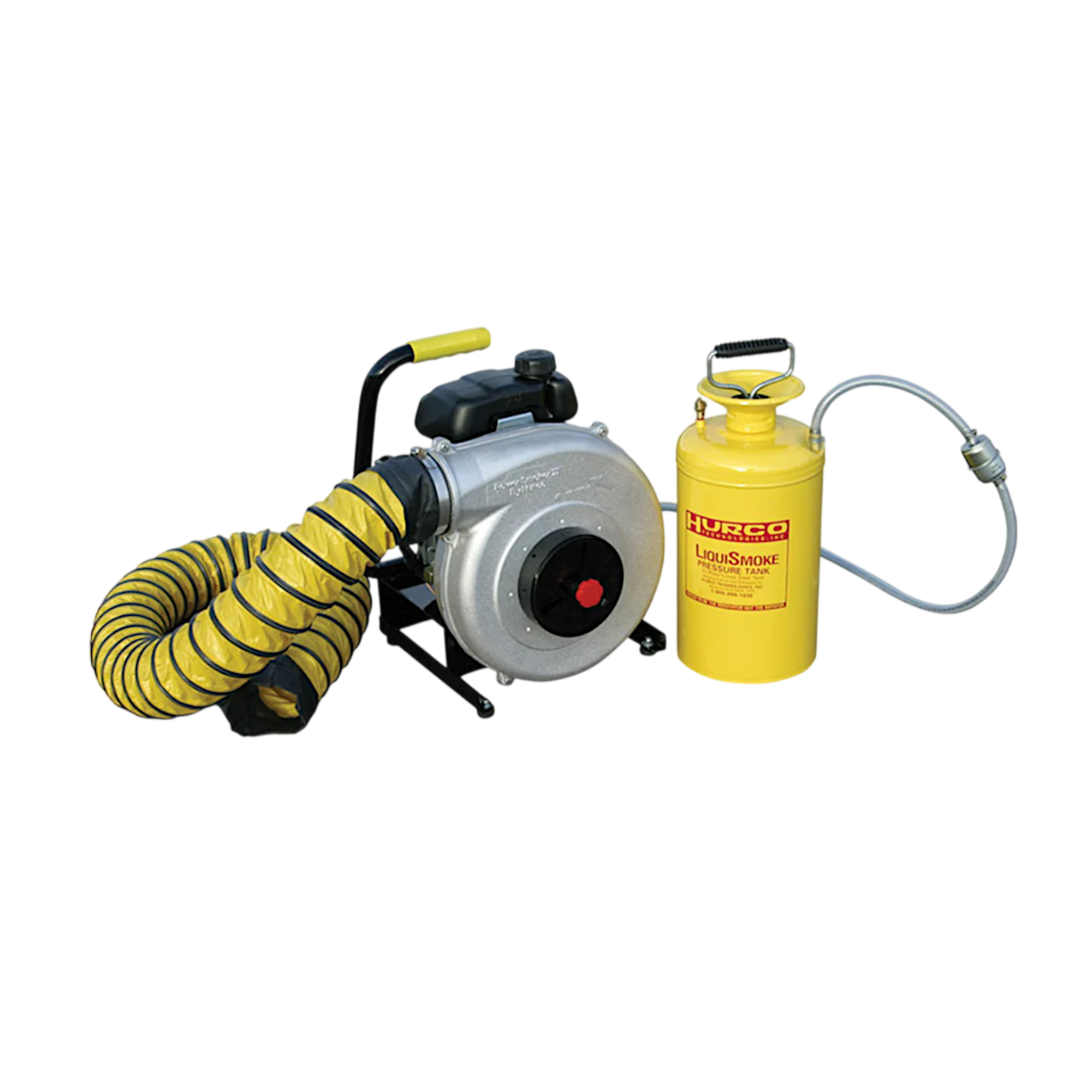FAQs
A: We need 4-6 good Pictures of the machine, including a picture of all nozzles and accessories that are included. We need the Make, Model, Year, and Hours on the machine as well, and please verify that everything is in good working condition without any repairs needed. If repairs are needed, please describe the issues. Please email all this information to Sales@jetterdepot.com
Our Brokerage fee for selling the unit for you is $1,200.00, but the final transaction is between you and the Buyer.
"DISCLAIMER" - Used Equipment is sold "AS IS" (Jetter Depot is NOT Responsible for Condition/Description of USED EQUIPMENT - "Buyer and Seller" are responsible for any repairs needed. Both "Buyer and Seller" have the ability to Terminate this contract based on final inspection during Delivery / Pick Up).
A: Your machine jetter's pressure (PSI) and flow (GPM) ratings are typically located on the machine's body, its pump, or in the owner's manual.
The easiest way to find your ratings is by looking for information provided by the manufacturer, check these locations:
- MACHINE LABELS: look for stickers or plates on the unit. Some manufacturers put clear labels on their equipment indicating PSI and GPM.
- PUMP MODEL: Examine the pump itself. The pump is the heart of the system and dictates the maximum pressure and flow. The model number is often stamped on the pump's housing.
- OWNER'S MANUAL: Consult the operating or maintenance manual for your specific model. This document will list the maximum operational specifications.
A: It is recommended to lubricate the cables every 6 months.
A: To winterize a pump, you could use compressed air to blow out all the water or drain all water from the system and, for extra protection, circulate a non-toxic, RV-grade antifreeze. This prevents freezing, which can expand and crack the pump's housing, seals, and connected pipes. Always shut off the power to the pump first.
The most common reasons a jetter loses pressure are a clogged nozzle, a blocked filter, or air in the pump. Low or inconsistent water supply and leaks in the system can also cause problems.
A: Excessive pressure from a jetter is typically caused by one of three issues:
- A stuck unloader valve: This valve regulates pressure by bypassing water when the trigger is released. If it gets stuck closed, it can cause dangerous pressure spikes.
- An incorrect or clogged nozzle: Using a nozzle that is too small for the pump's flow rate will increase pressure. A clogged nozzle also restricts flow, causing the same problem.
- An improperly adjusted pressure setting: The unloader valve has an adjustment for the pressure limit. If this is set too high, the system will operate at a higher pressure than necessary.


